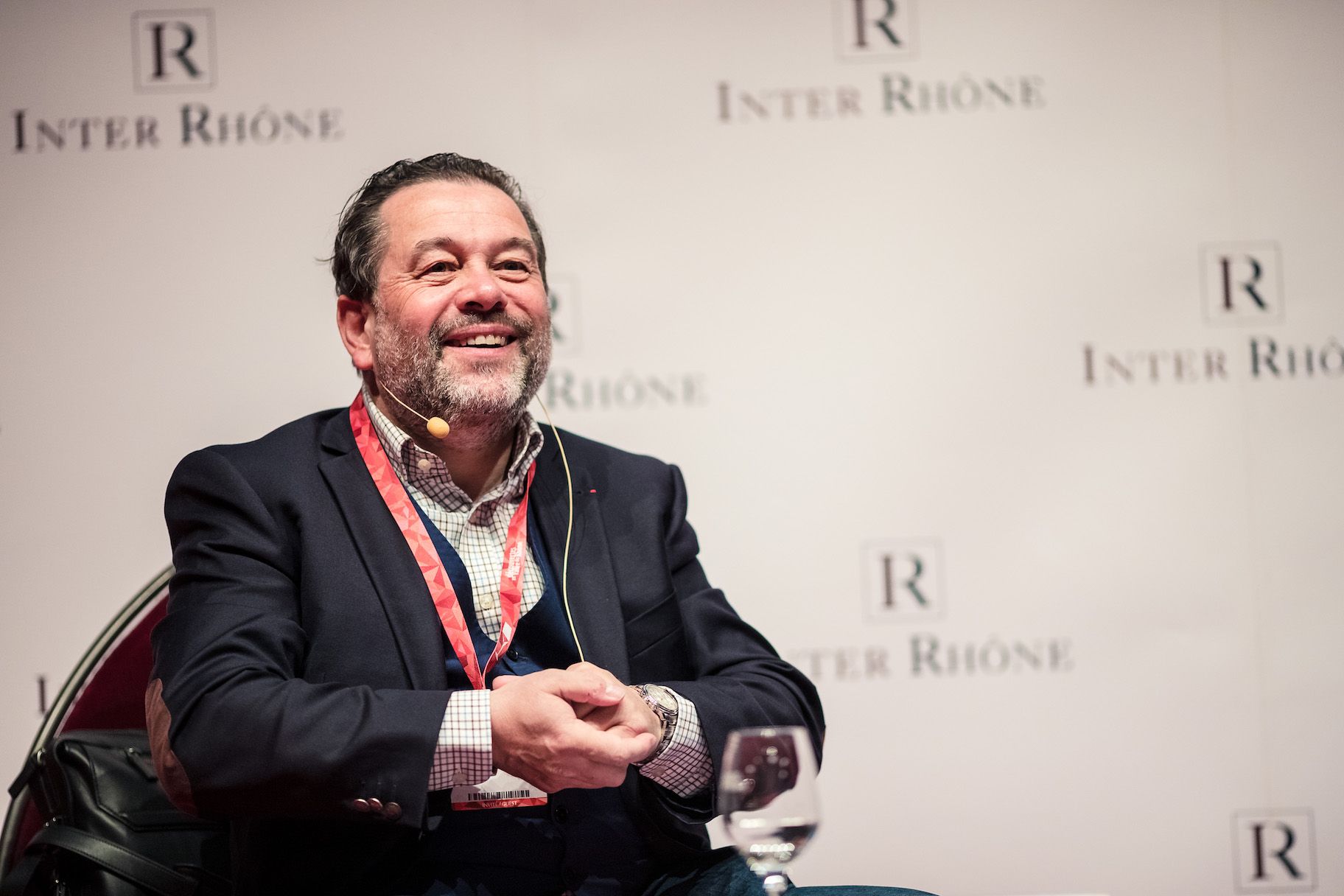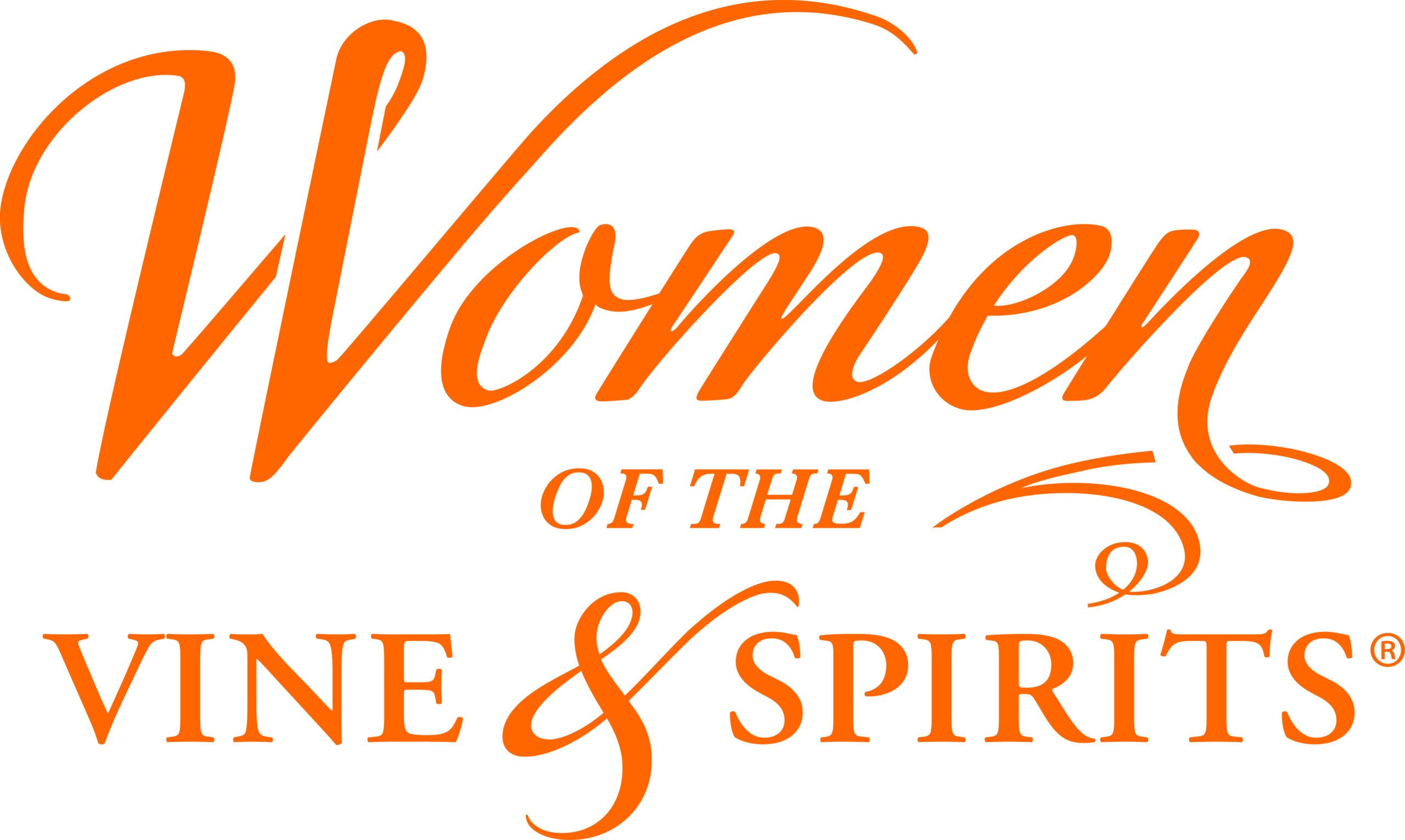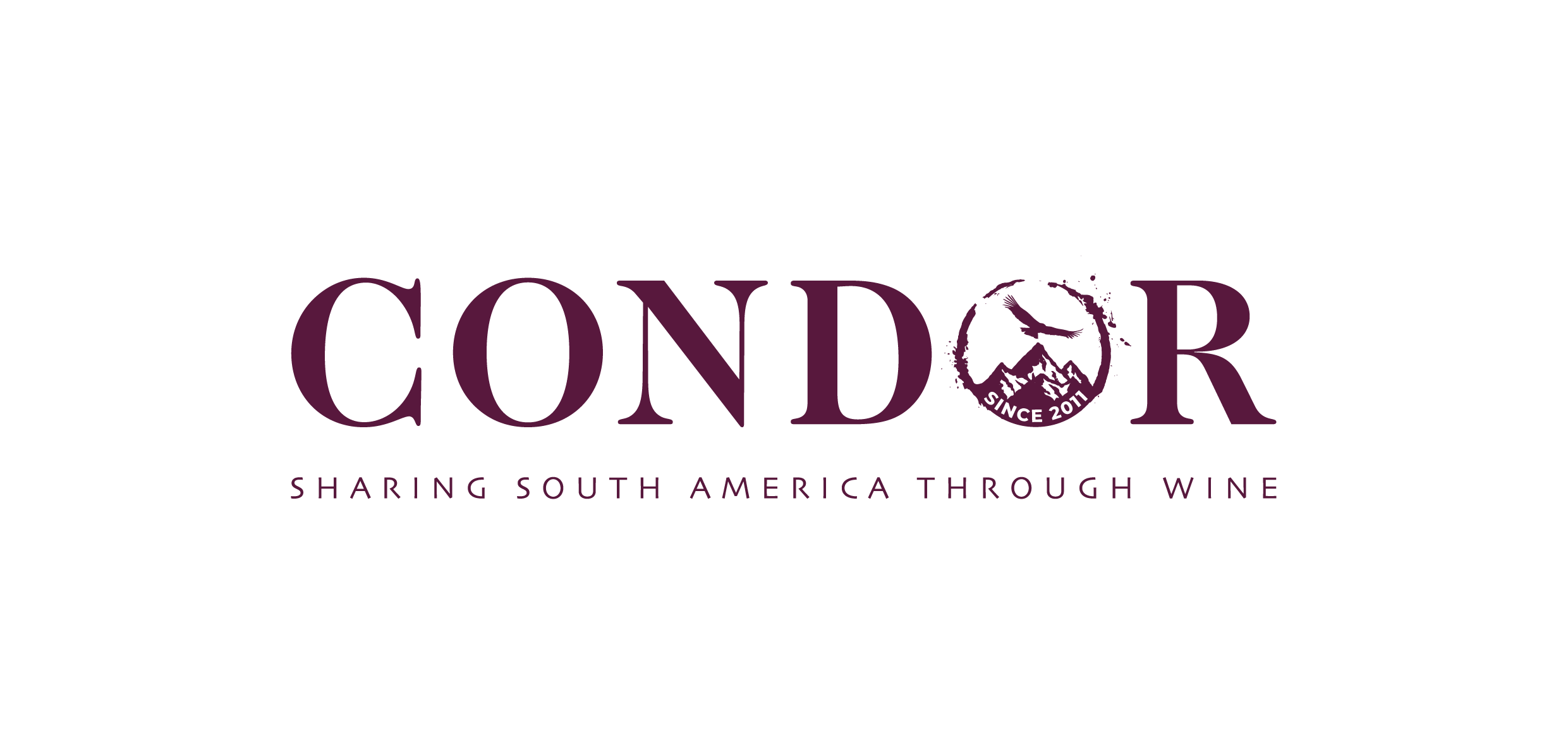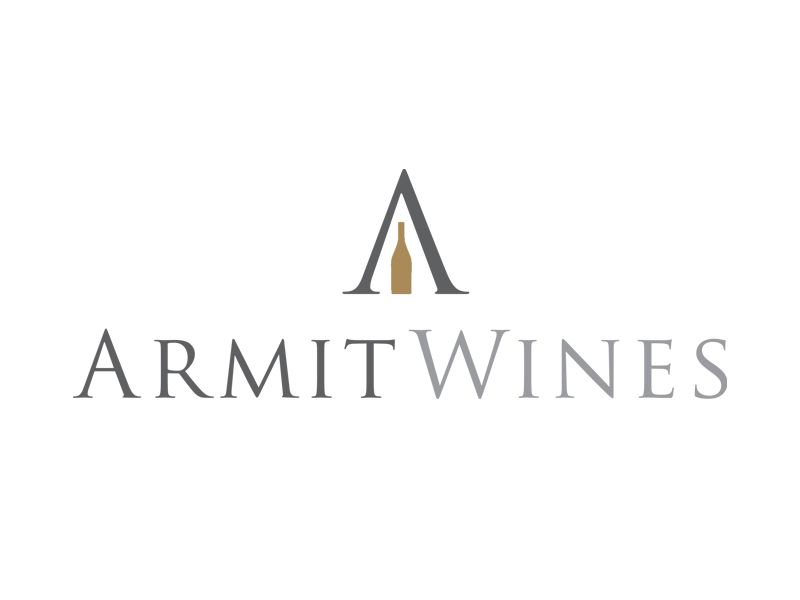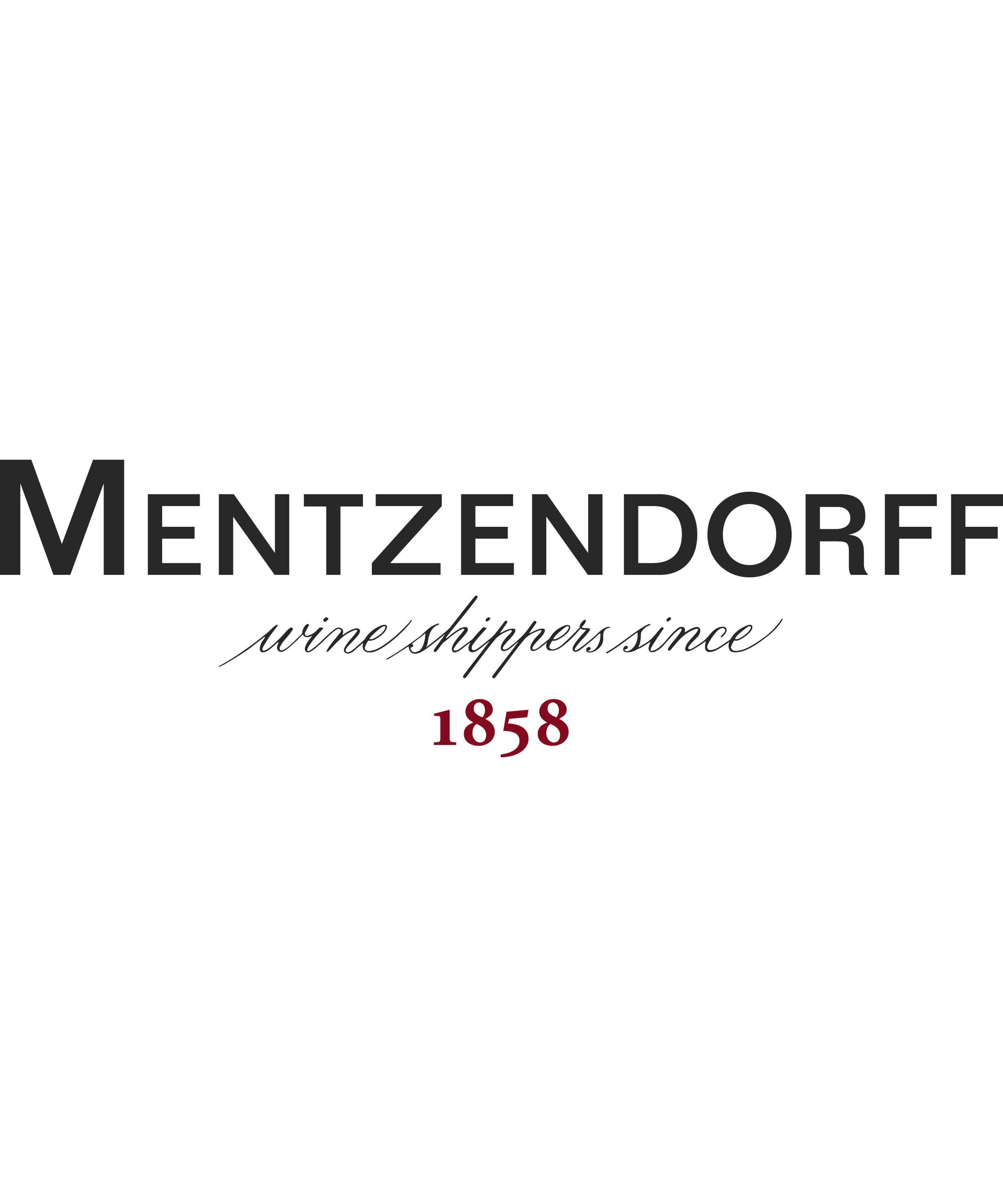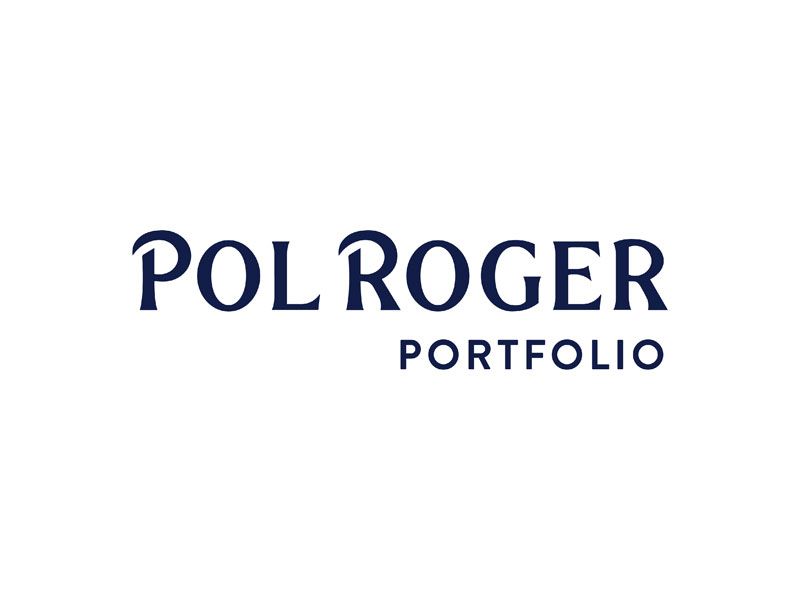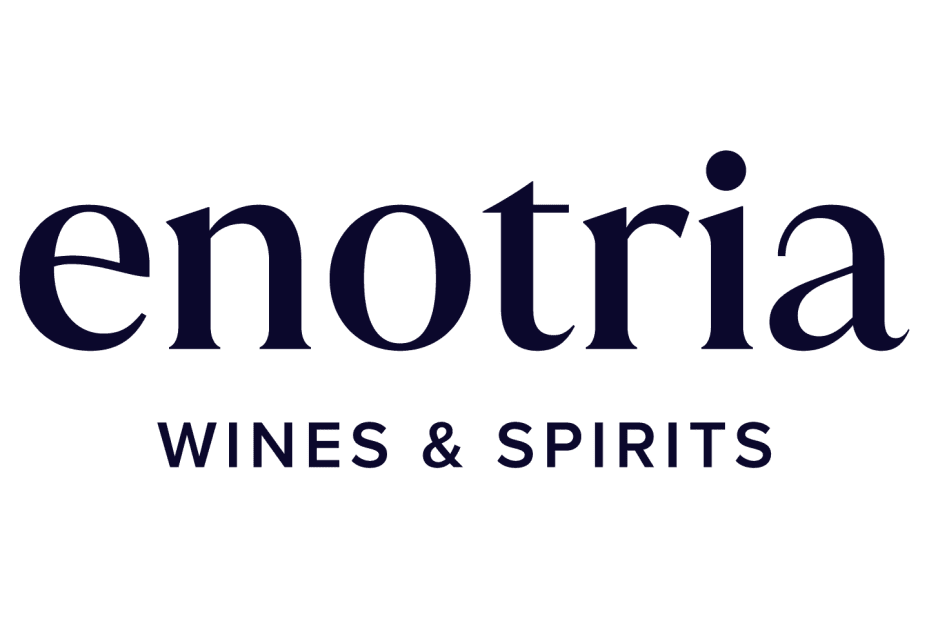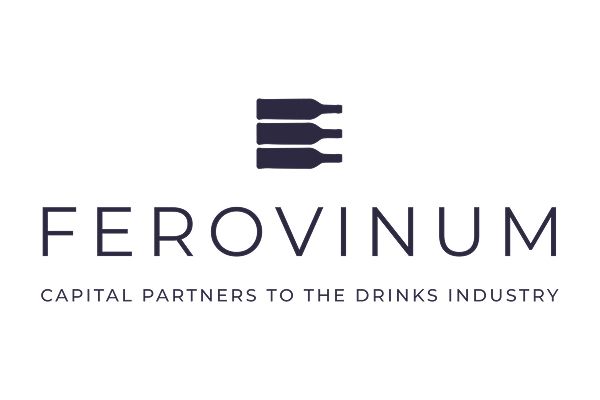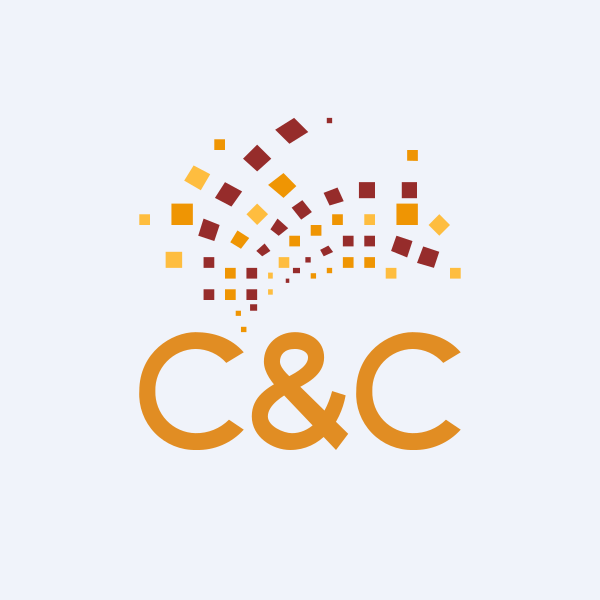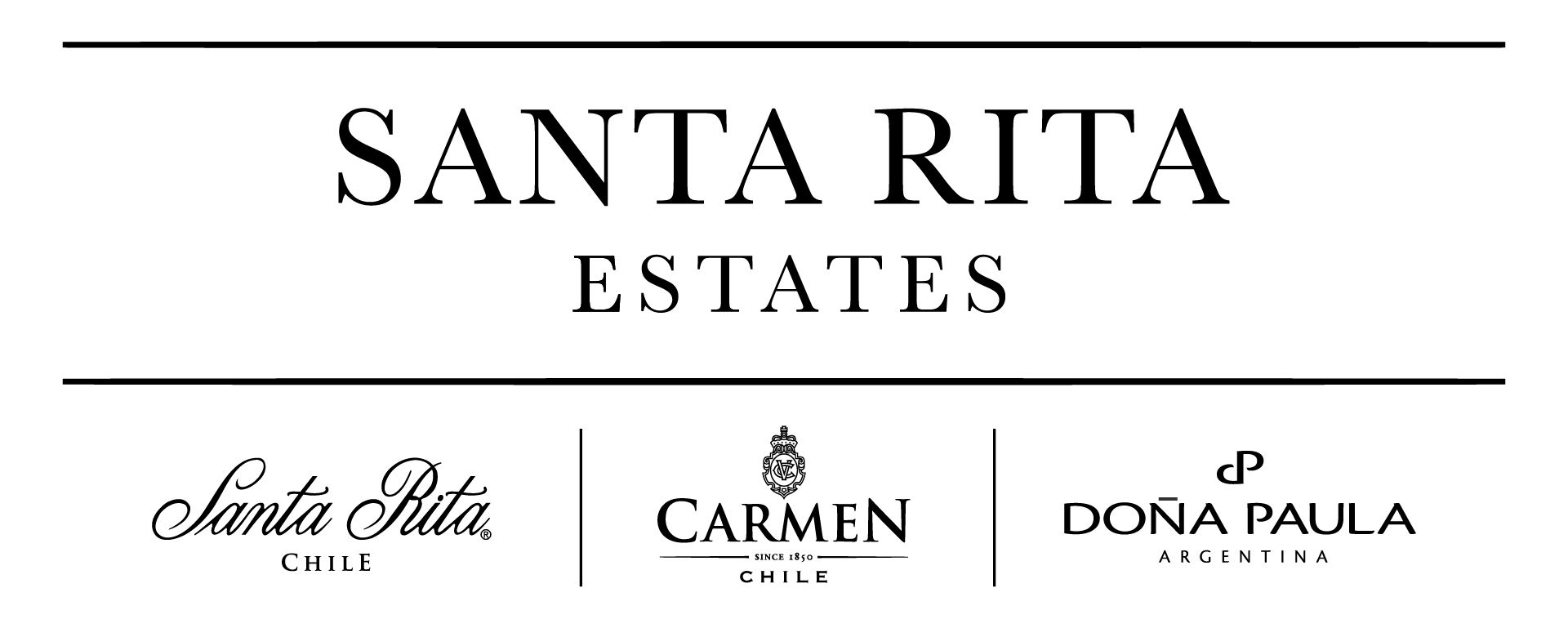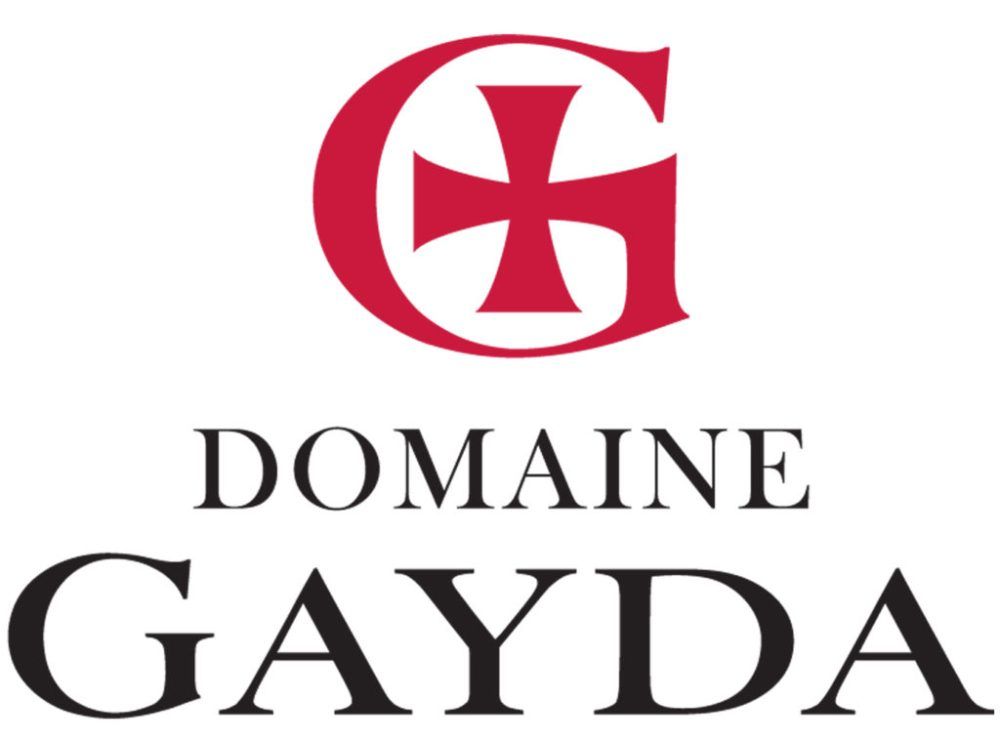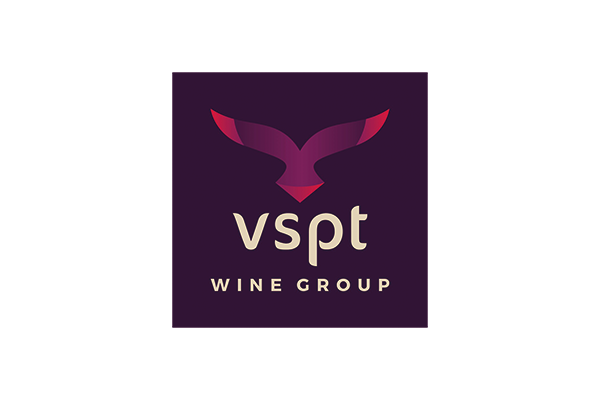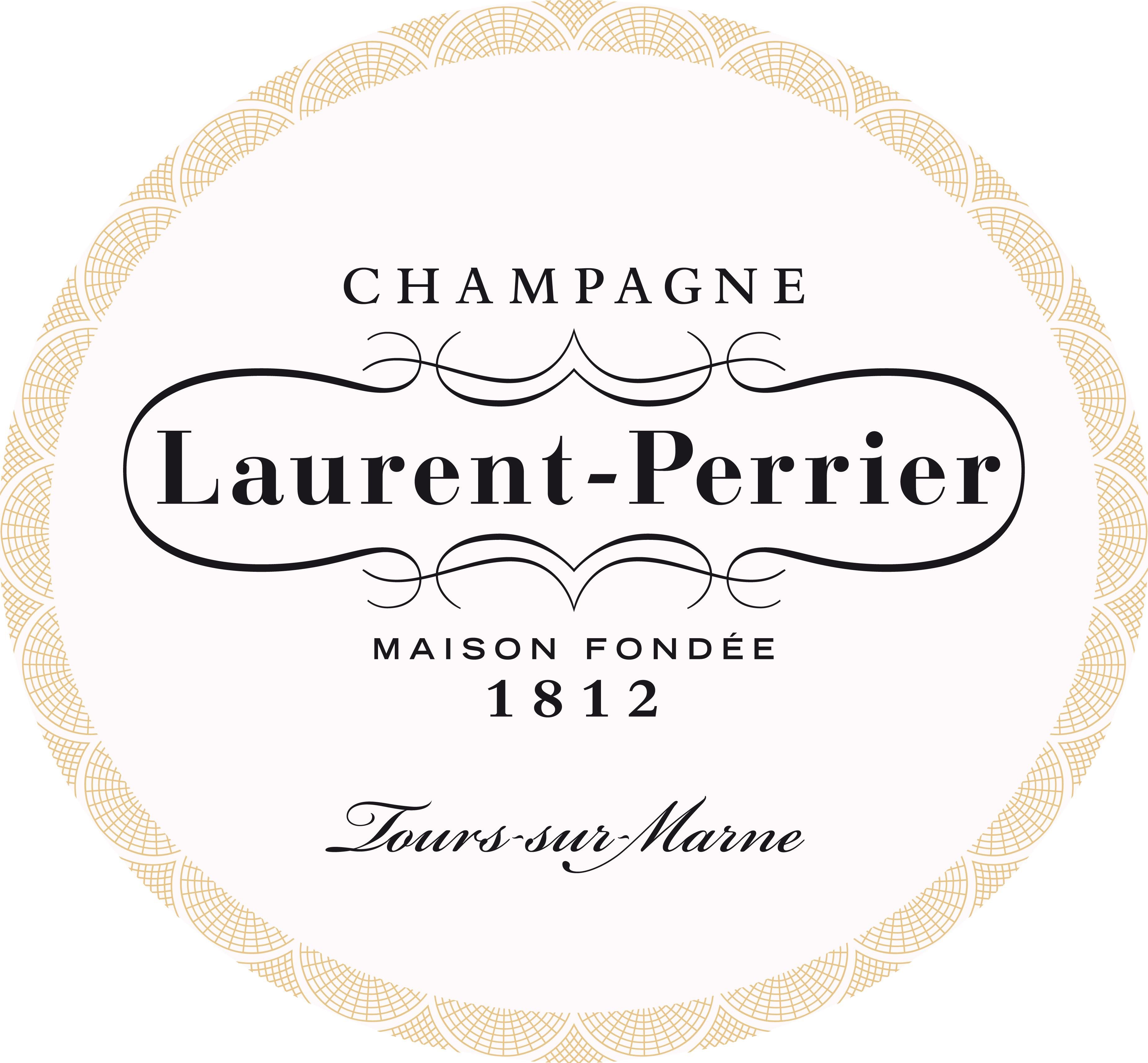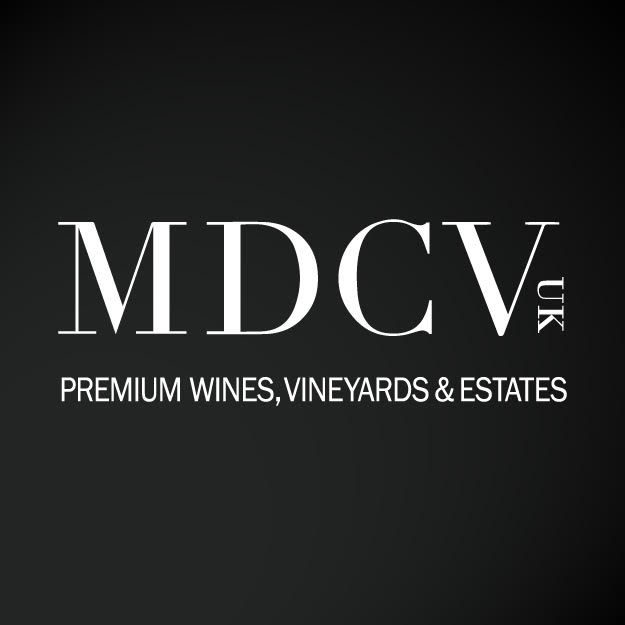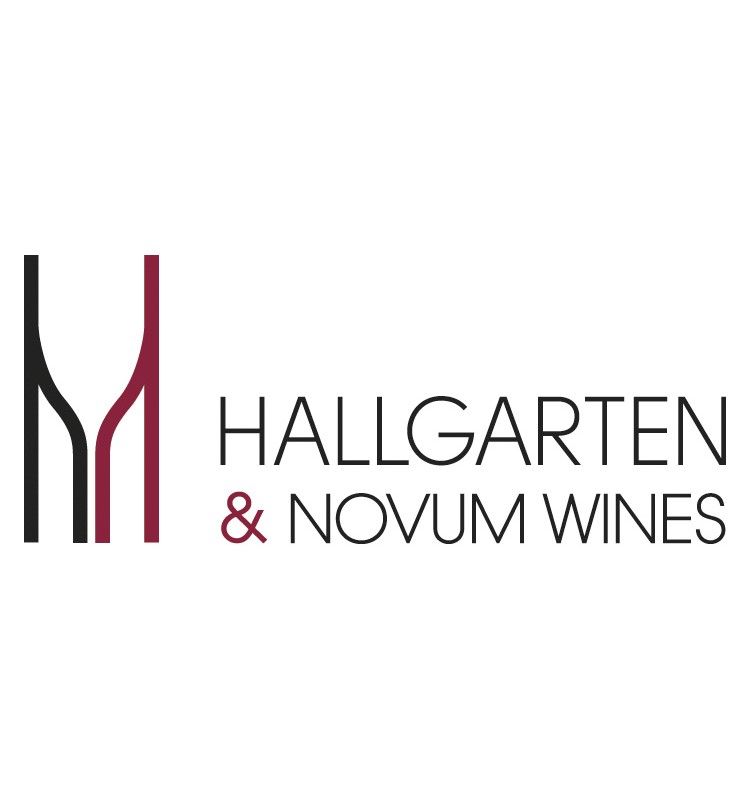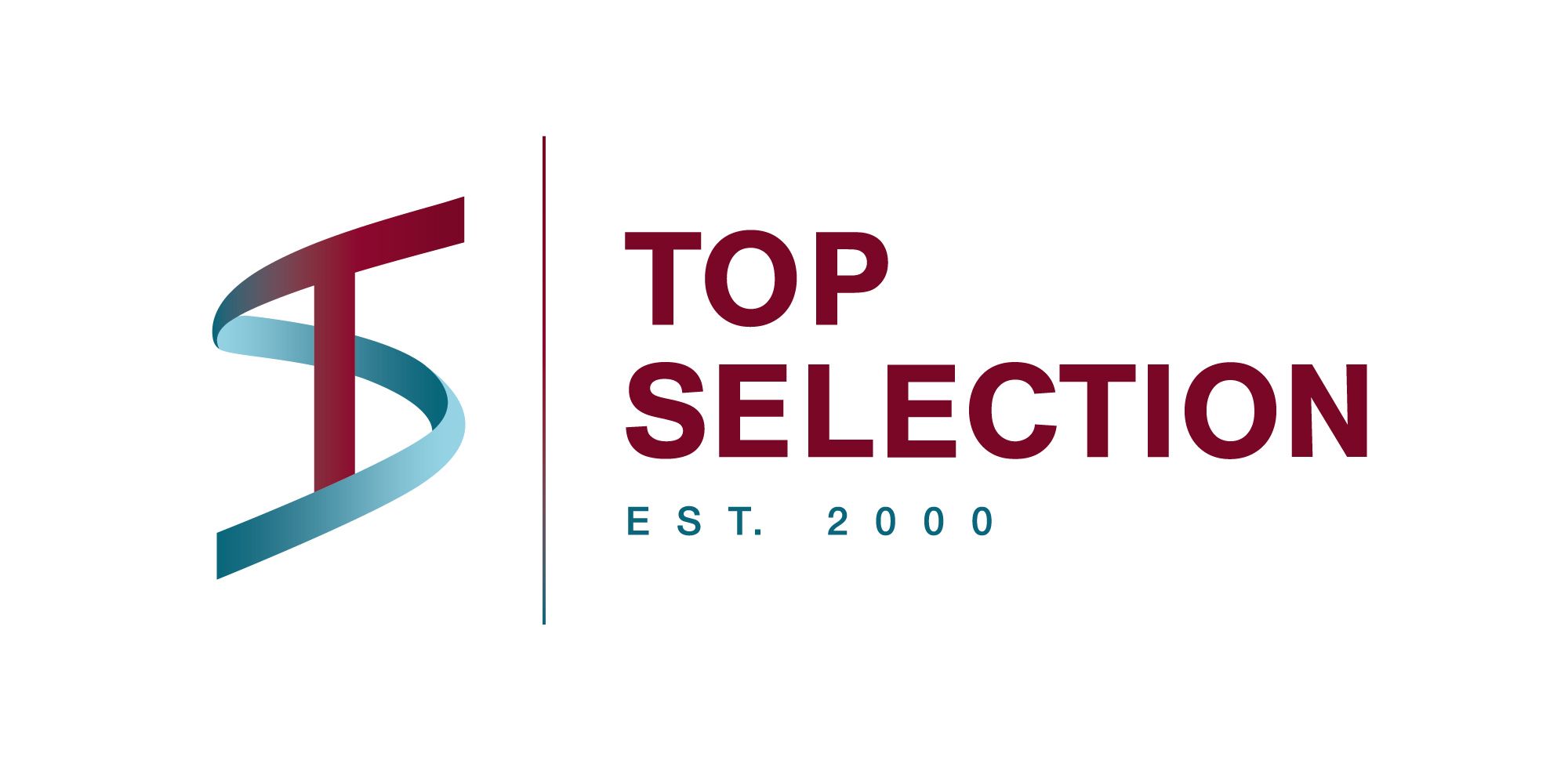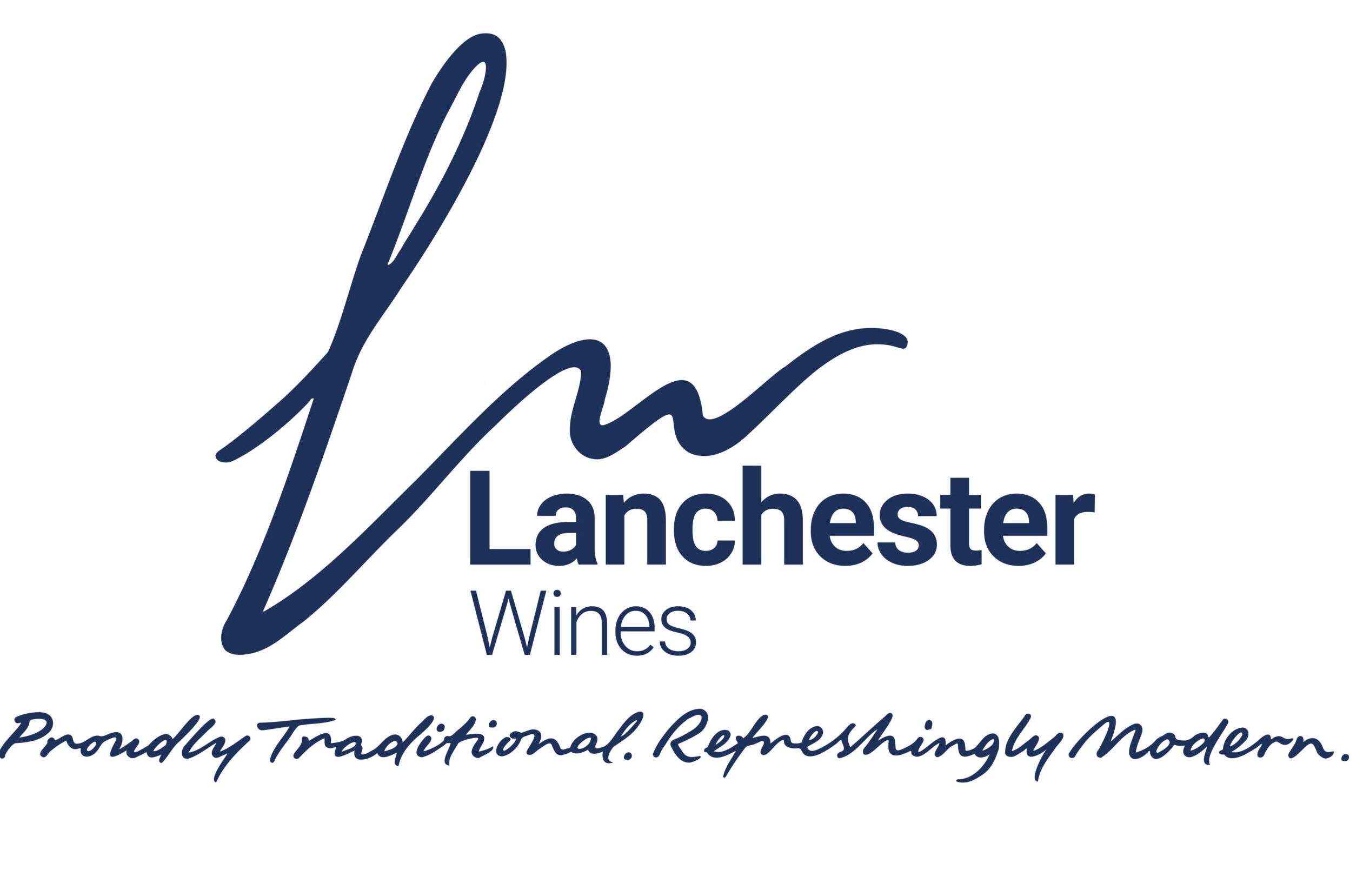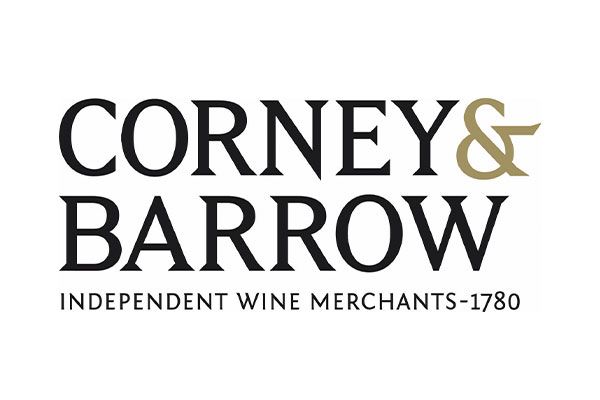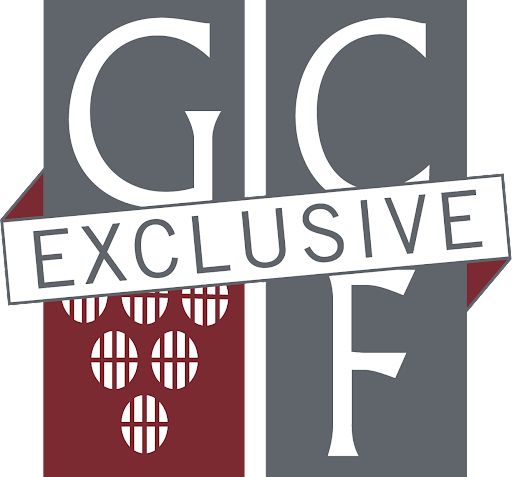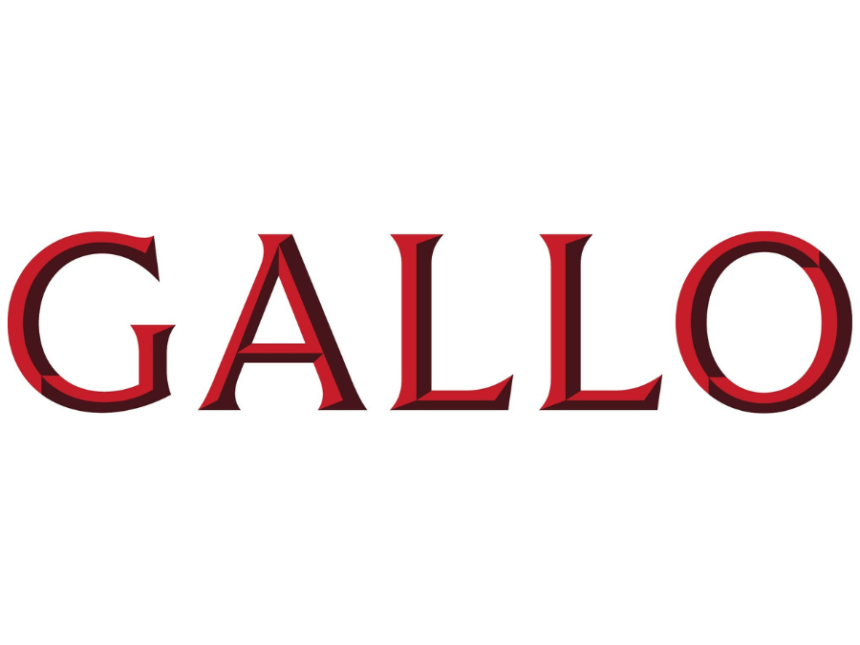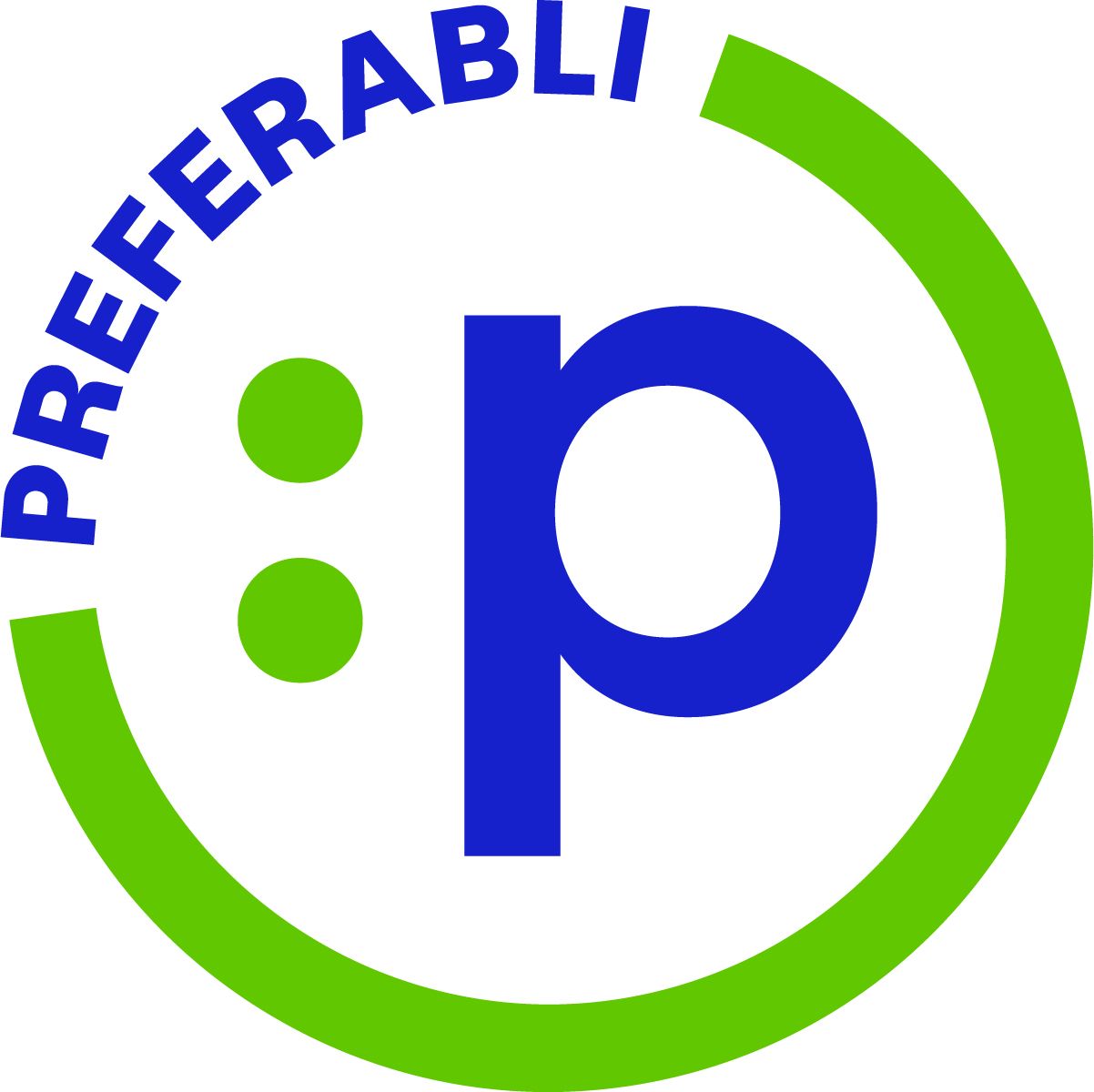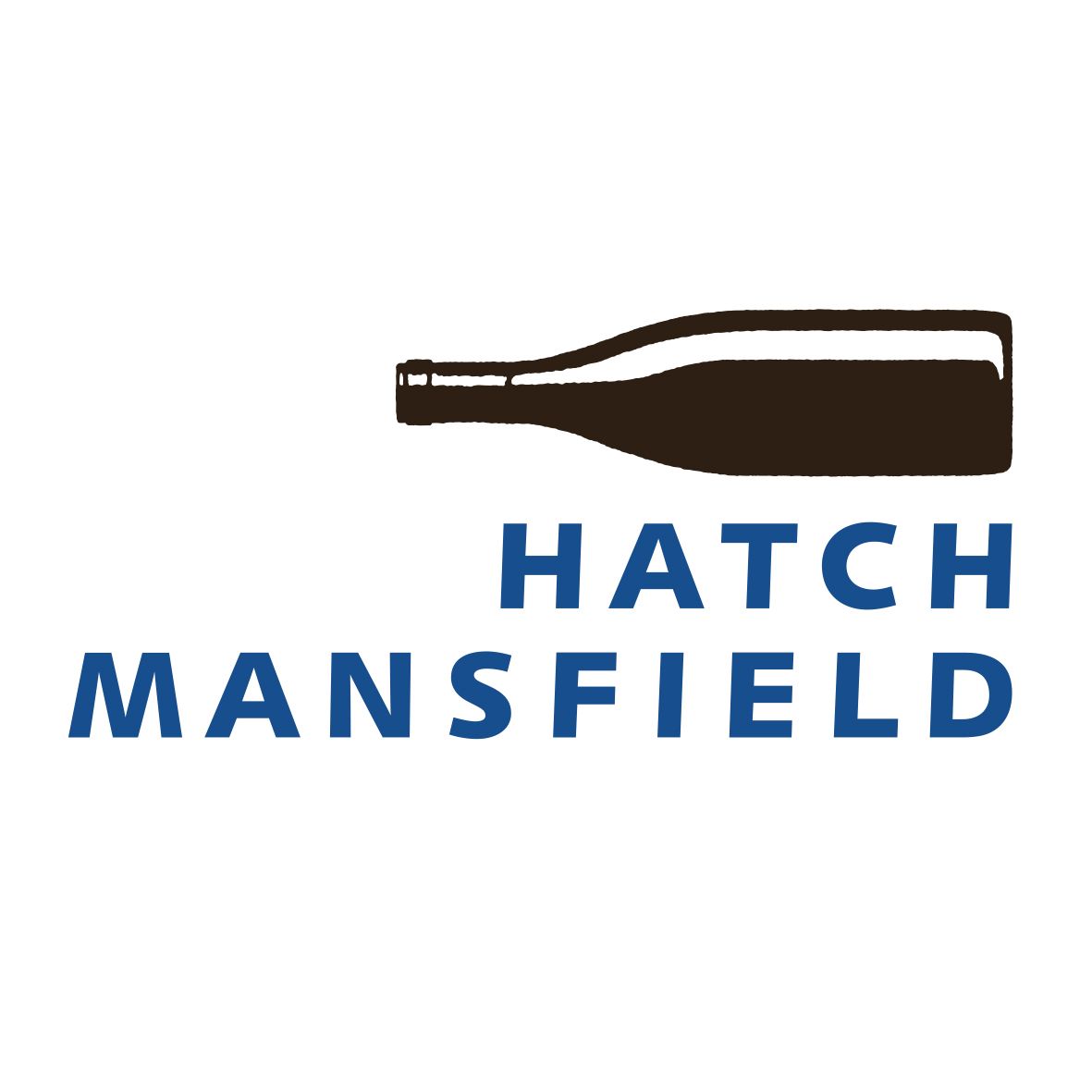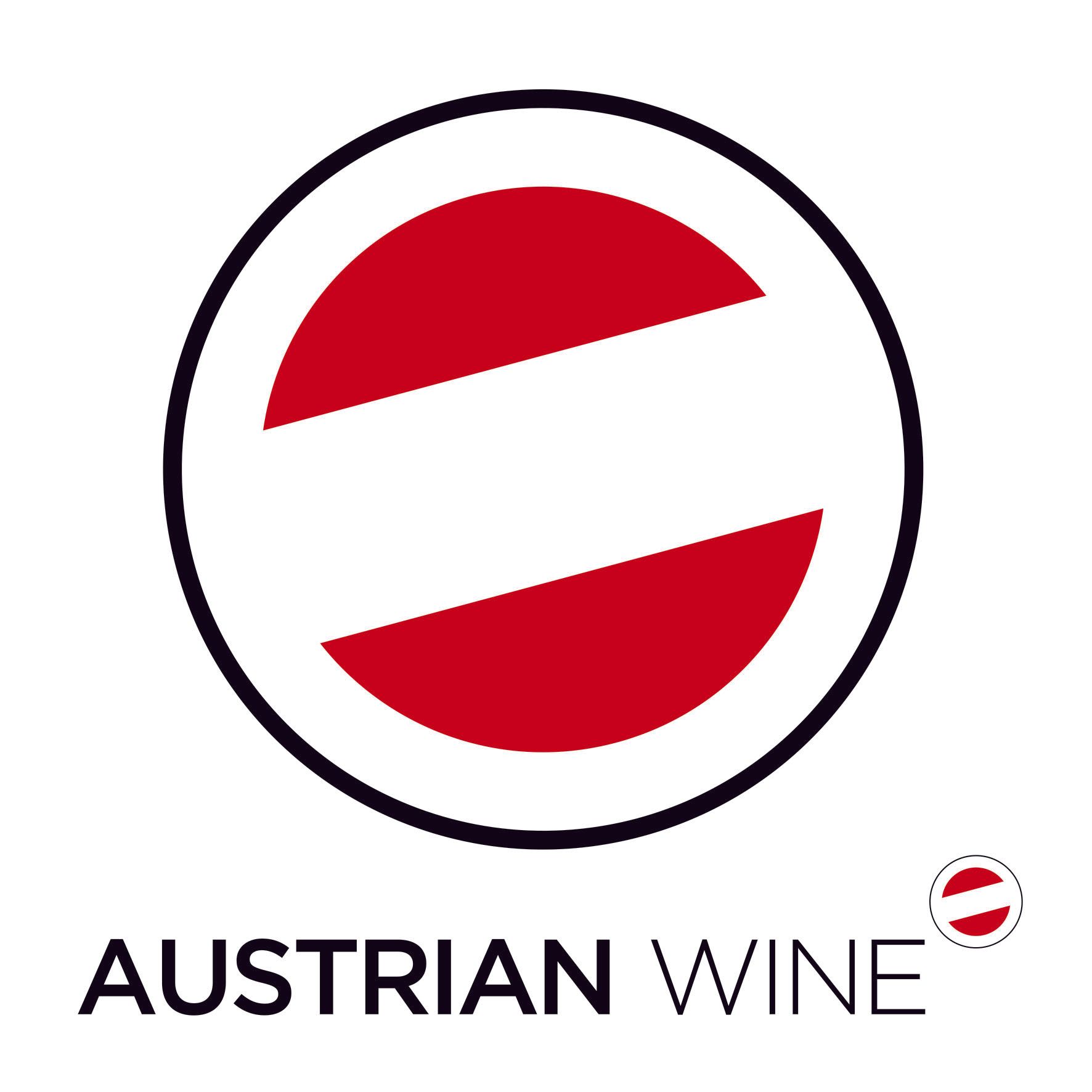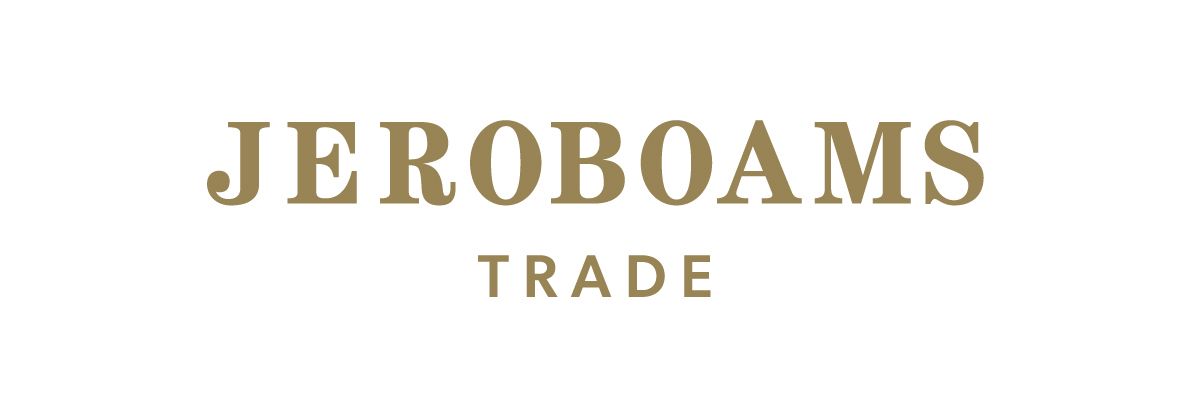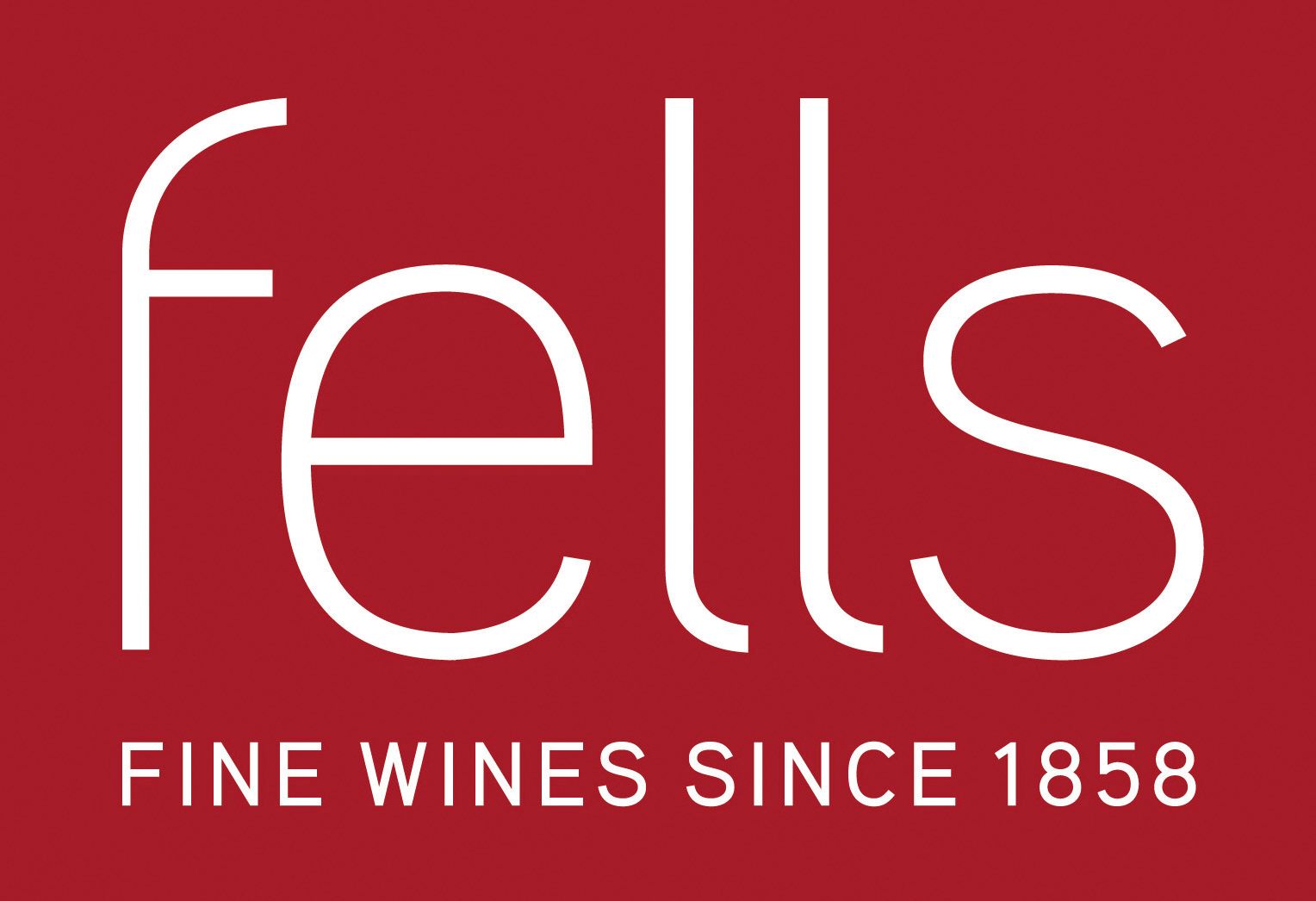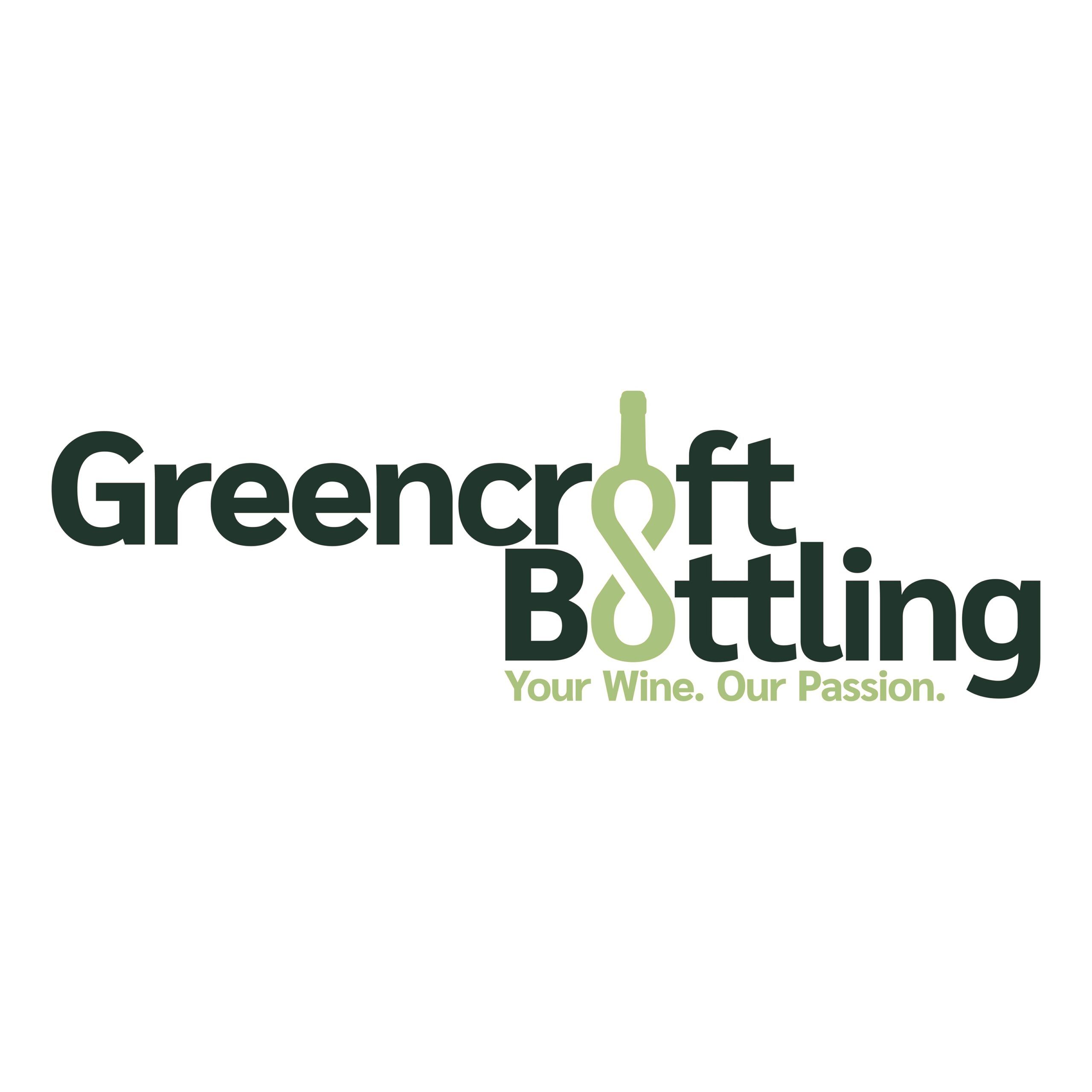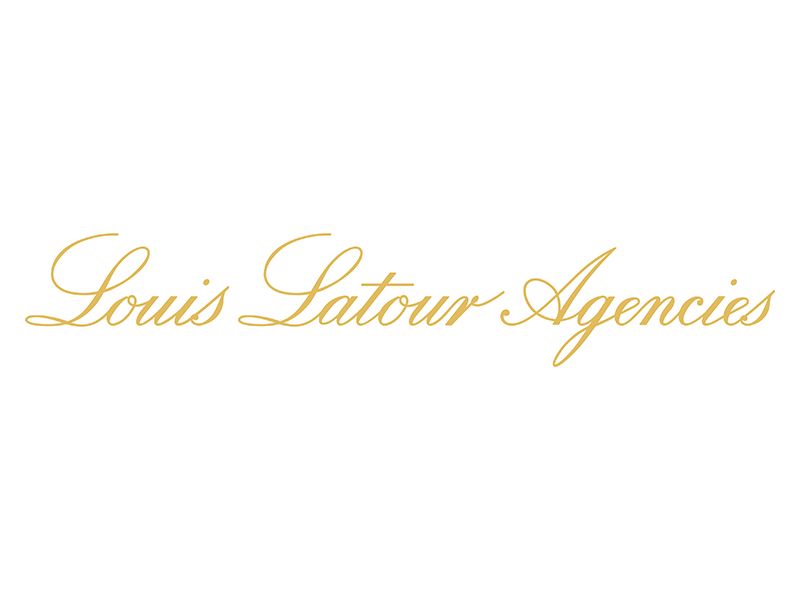Changes in climate and the global wine retail landscape have prompted Inter Rhône to invest in the introduction of GIS technology that will help the region adapt to future trends, argues Chapoutier.
Before he got into how Inter Rhône is helping to safeguard the future of the Rhône, Michel Chapoutier showed some slides which put the wine region into perspective, both within France and worldwide.
OK so first we look at the size and influence of the Rhône as wine producers
Within France, the Rhône valley is the second largest AOC in surface area after Bordeaux, producing nearly 2.8 million hl of wine in 2018 of which 74% are red, 16% rosé and 10% white.
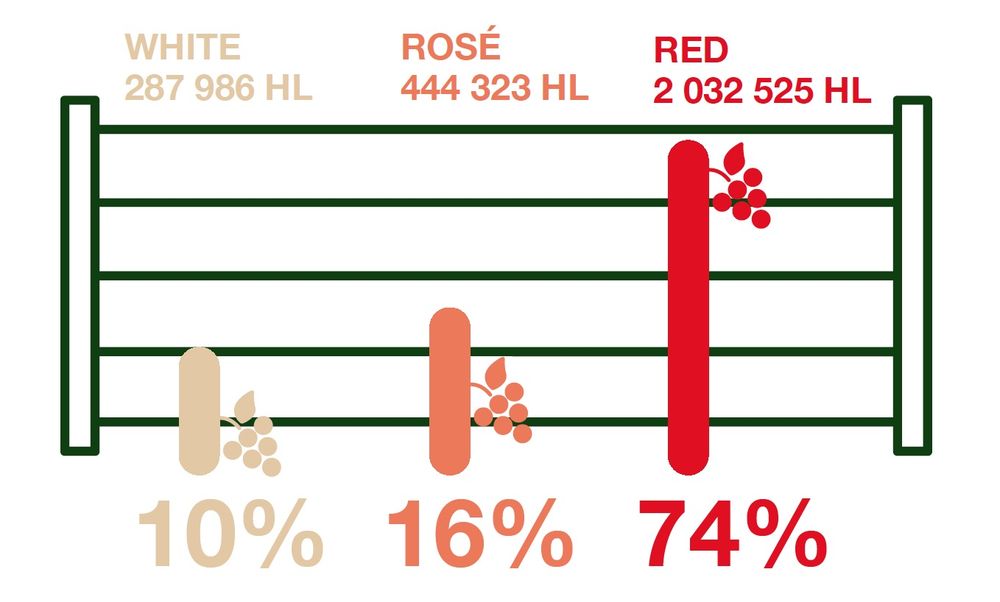
Almost half of all the wine from the Rhône comes from the Côtes du Rhône AOC
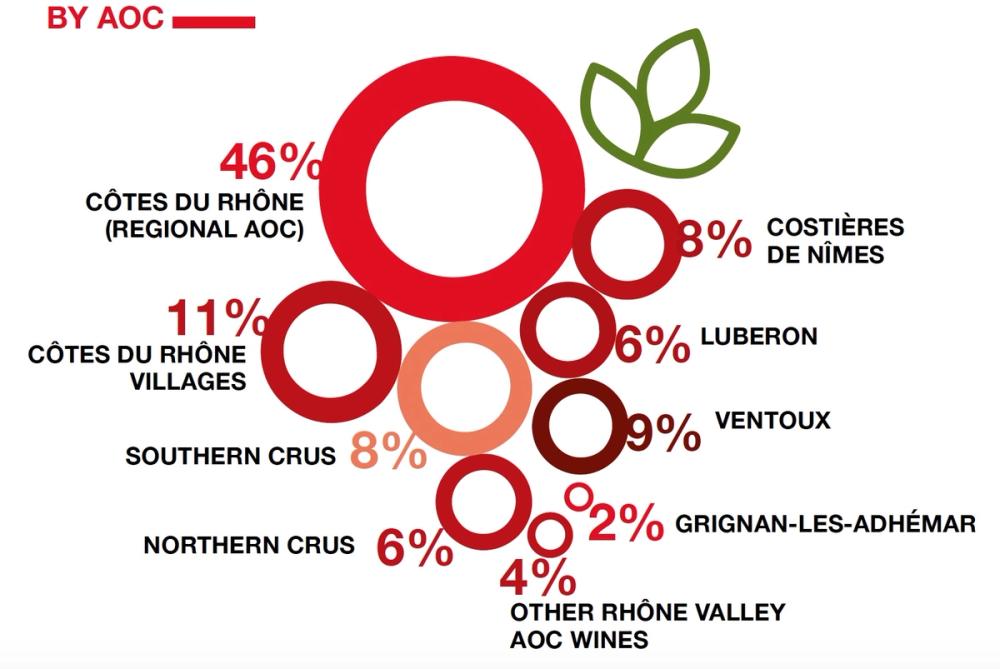
One third of Rhône wine production is exported, 16% of which comes to the UK.
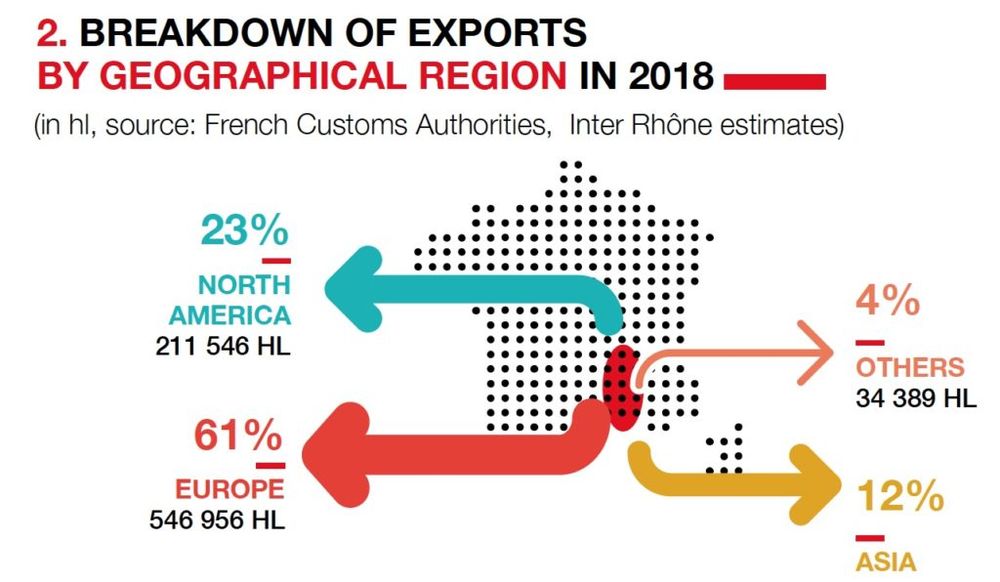
The UK has traditionally been a key export market for Rhône wines, and in 2018 was the second largest importer after the US, both in volume and value terms, importing nearly 142,000 hl of Rhône wine with a total ex-cellars value of €72 million.Two thirds of Rhône wines in the UK are currently sold through large-scale retail (supermarkets), and the aim at a minimum is to consolidate this position in times of uncertainty due to Brexit, a weakening currency and increased competition from other wine regions. The challenge is to continue the shift of sales into higher value price brackets and increase awareness and sales of white and rosé wine.
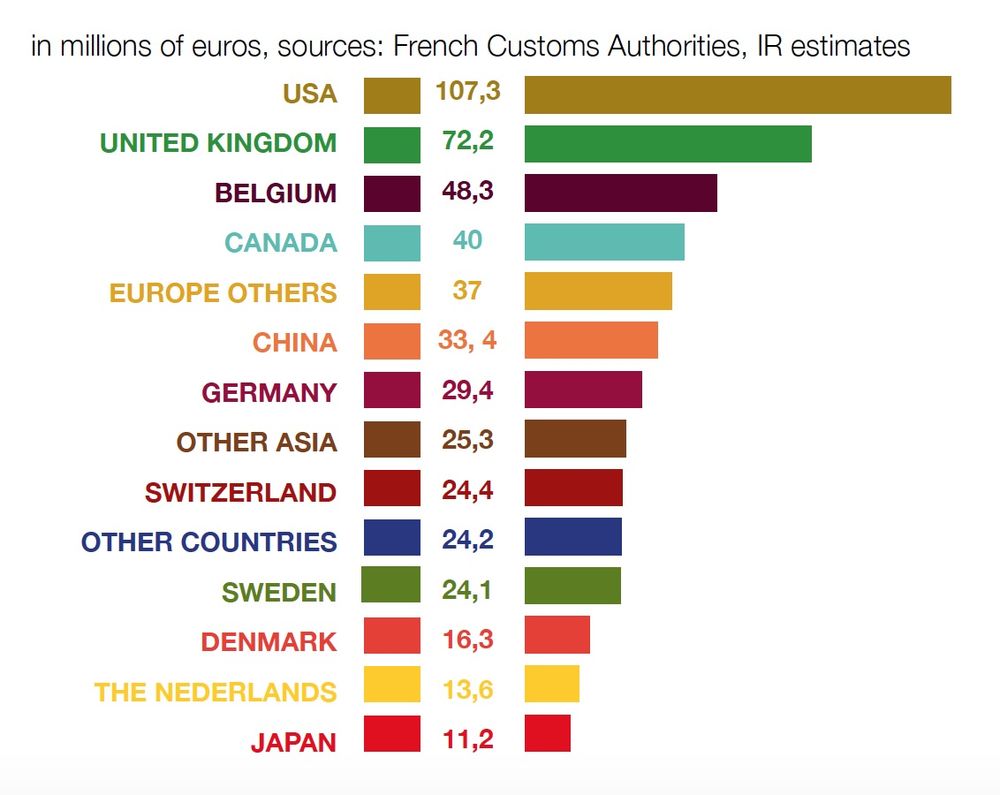
Catering to the Millennial generation
Market research has allowed Inter Rhône to formulate a profile of what they argue is a key consumer of Rhône wines today, and one that will become even more important in the near future. The ‘hyper-connected’ generation born between 1985 and 2000, referred to as the Millennial generation, will make up more than half the working population in 5 years time. It is anticipated that this generation on the whole will consume less but better wine, and will target authentic products that identify with a place and a time, while respecting the environment.
Millennials will become a purchasing powerhouse by 2020:
- spend $1.4 trillion annually in the US – one third of total retail sales (Accenture)
- stop buying a brand’s products if they think they are unethical (up to 59% – Mintel)
- buy groceries which reflect their personal values (58% – Mintel)
- distrust large food makers as interest in brand transparency continues to grow (Mintel)
Successful premiumisation
Against a general backdrop of decreasing wine sale volumes, Rhône valley wines have generally maintained or even increased sales in value terms by moving into the mid to premium price bracket, a long standing and continuing strategic aim of trade body Inter Rhône.
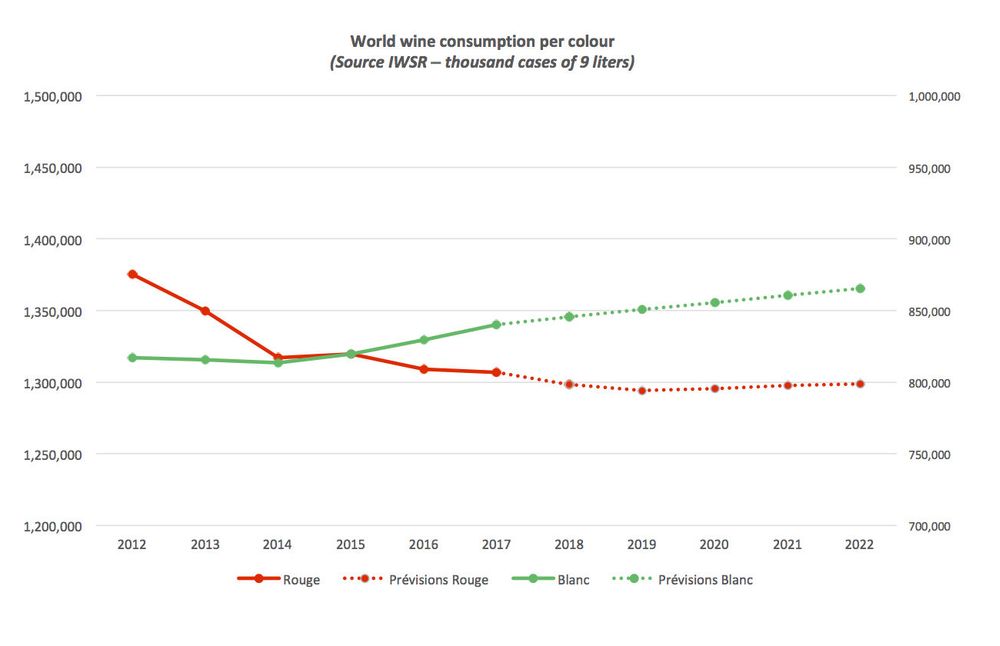
Rhône export sales have risen by 64% in value over 10 years while export volume increased by only 9% over the same period, highlighting a shift towards the mid to premium price bracket. This is significant in the light of changing drinking patterns – a decline in average alcohol consumption per capita and drinking frequency, allied to a general increase in health awareness.
In tune with a changing society
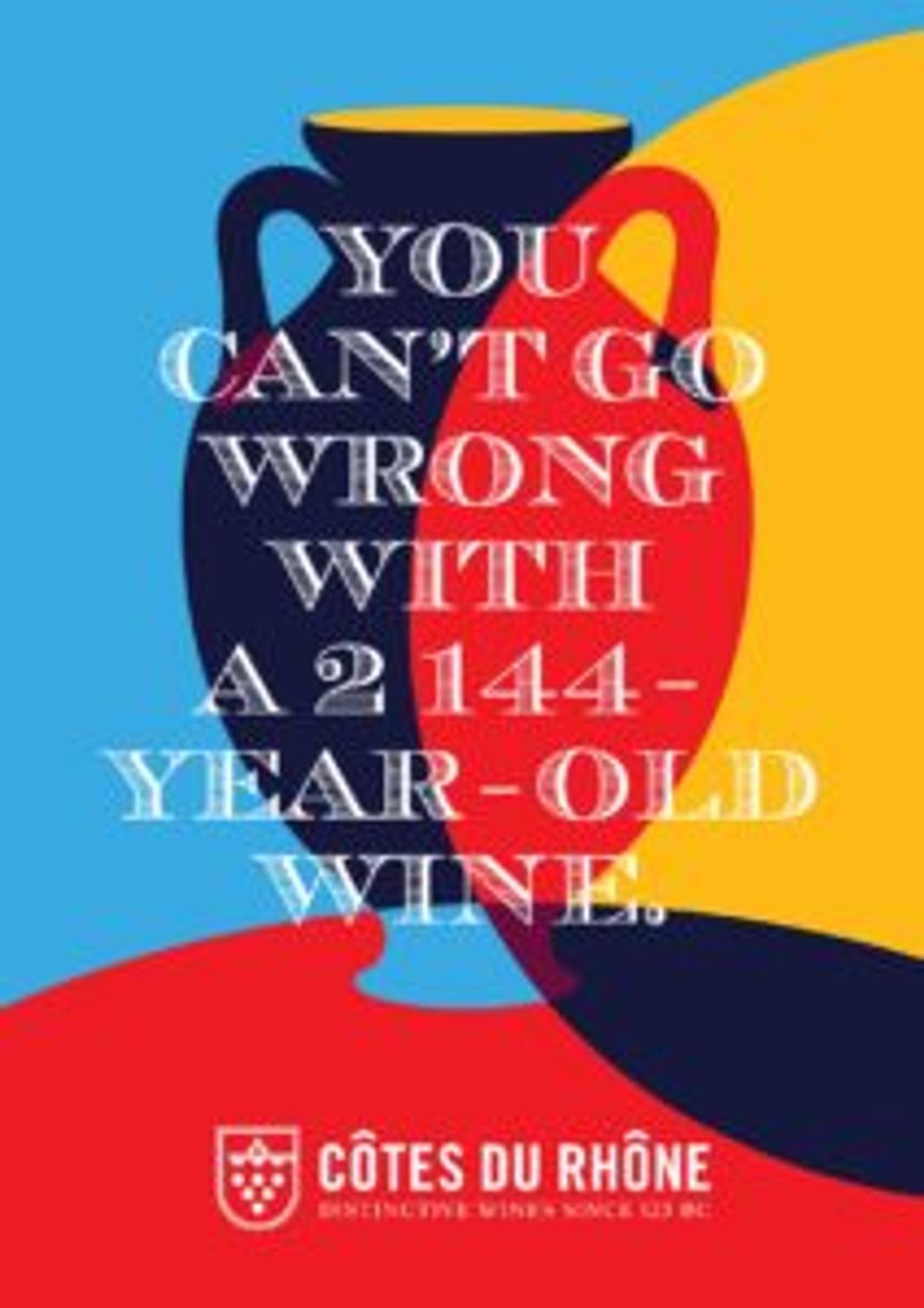
One creative in Inter Rhône’s new global advertising campaign
With wine deriving from a precious natural resource, the consumer expects winemakers to have sustainability as an integral part of their approach.
Inter Rhône has been supporting collective action in terms of reducing chemical pesticide use, e.g. 65% of the Côtes du Rhône and Côtes du Rhône Villages vineyard area is no longer treated with chemical weedkillers, with the ultimate aim to stop use altogether. Improving biodiversity is another key approach to help improve health of the natural environment. Three projects are being implemented: 1) introducing bees into the vineyards as important pollinators 2) installing bat boxes to increase the bat population as a natural insect control measure 3) improving conditions in the vineyard to attract and expand bird populations, again as a natural way to control insect populations.
Fashion for Fizz
The last decade has witnessed a meteoric rise of Prosecco sales, especially in Anglo Saxon countries. The UK alone consumes annually more than 100 million bottles of Prosecco – over a quarter of all Prosecco sales worldwide – and this love affair with mid-range sparkling wine is energising other sparkling wine producing regions to get a bigger slice of the cake.
Unsurprisingly, Inter Rhône is keen to capitalise on this trend and promote its Rhône AOC family member Clairette de Die‘s sparkling wine to a larger audience. At the moment Clairette de Die sparkling wine production stands at just over 94,000 hl of which 15% is exported, mostly to Belgium and Switzerland at the moment, but export sales are expected to rise and efforts to increase production are underway.
Outlook for Rhône valley white wines and tools to deliver growth
Consumption of red wine has been decreasing worldwide, while white wines have seen a consistent increase over the last decade or so. This trend is equally apparent in the Rhône valley: sales of red have fallen from 88% to 79% of total volume; sales of rosé have risen from 11% to 19% while sales of white remain low but are starting to rise. Expectation is that sales of whites and rosés will continue to rise in the future at the expense of red Rhône wine.
Current and predicted changes in the global wine retail landscape, combined with the expected impact of climate change on the natural environment, have prompted Inter Rhône to invest in the introduction of GIS (Geographic Information System) technology. This will allow the collation and incorporation of key data sets into a GIS database, such as plot boundaries, urban planning data, aerial photographs, vineyard planting details etc.
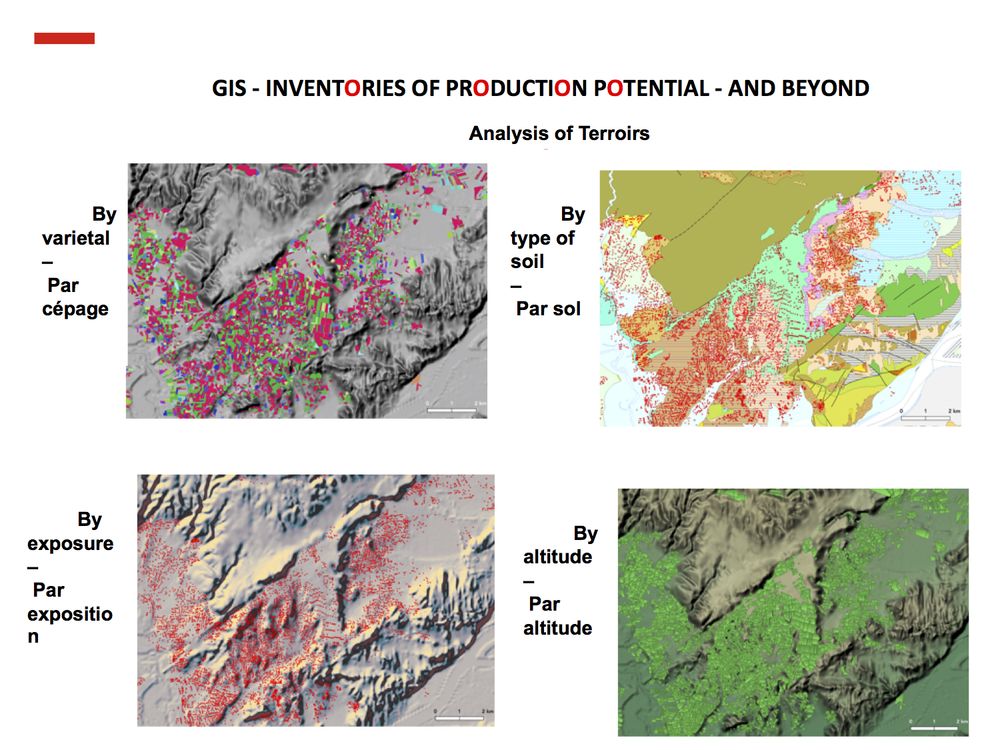
The expectation is that with regular and on-the-ground verified updating, the GIS database will allow strategic planning/management of vineyards with an eye on anticipating future developments. At the moment of writing about two thirds of the Rhône valley vineyards have been mapped for this purpose. For individual appellations, this tool will allow identification of suitable vineyard sites and monitoring/planning of vineyard expansion.
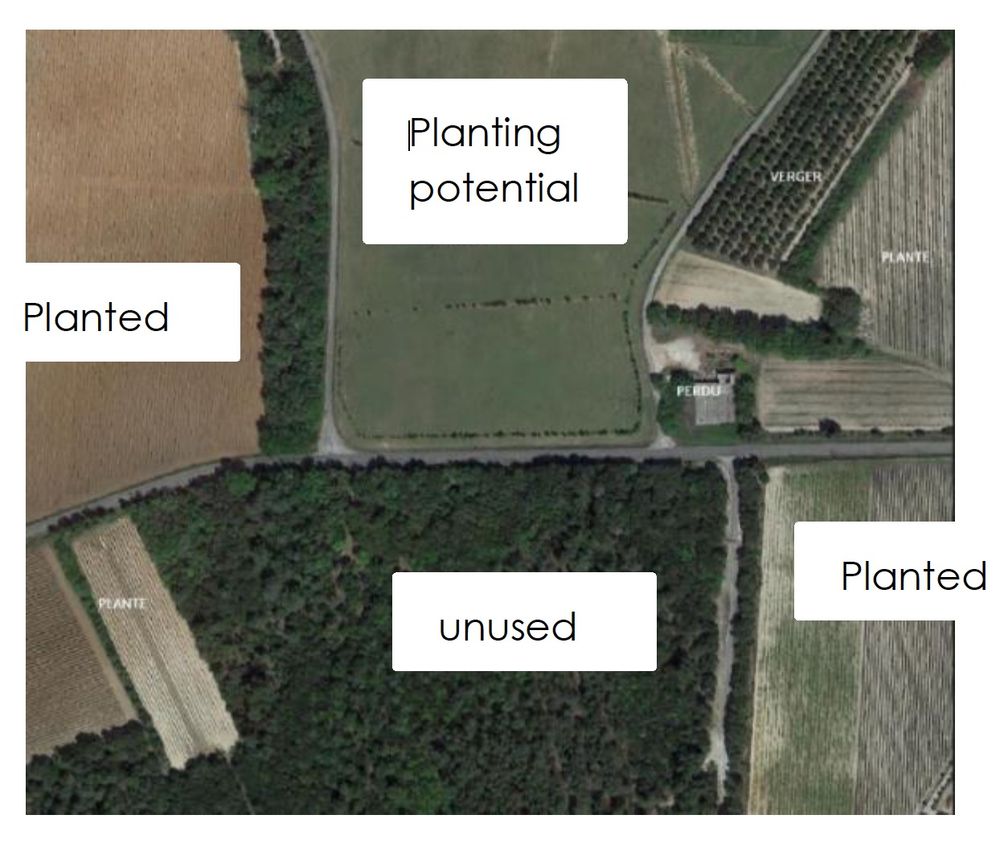
A key strategic aim of Inter Rhône is to increase the production and visibility of Rhône valley whites. The global demand for white wine is steadily increasing, at the expense of red wine and the prediction is that this trend will gather pace in the future. Only 3.2% of Rhône wines exported to the UK in 2018 were white, compared to 5.7% for Belgium and 5.9% for US, while for Japan and Asia it is 16% and 10%, respectively.
Combined with a decline in the average consumption and frequency of drinking wine, it is imperative for the Rhône valley to future proof itself in terms of white wine production. The GIS tool described above will be instrumental in the implementation of this goal, as it will allow to drill down to individual plots and ask questions such as:
- which white varietals are currently grown
- age of the vines
- what are the terroir specifics
- local climate conditions
- best sites for expression of varietal characteristics
The GIS approach allows the mapping of existing vineyard conditions and analysis of ideal terroir characteristics, which can subsequently inform the identification of suitable areas with good production potential and the appropriate profile, for example, producing white wines and the varietals most suited to a particular site.
The Rhône valley is blessed with domaines and winemakers who are producing world-class white wines, from Condrieu and Hermitage in the North to Châteauneuf-du-Pape in the South, and these standard-bearers can be used to further raise the profile and awareness of Rhône whites amongst wine consumers worldwide.
